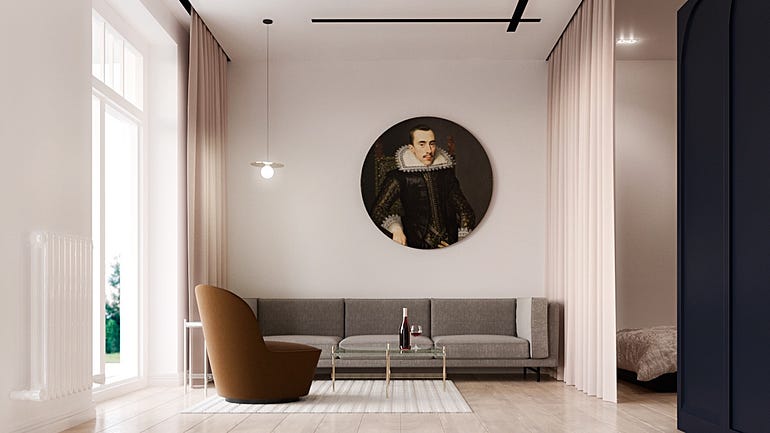Minimalism or Contextualism _ SINGLE BRICK Studio
Minimalism or Contextualism
Minimalism

What is it about minimalism and does it makes sense(in the Indian context)?
- Is it just fashionable to say or is it for actual purpose?
- Is minimalism for everyone and is it essential & required?
- Will minimalism continue to impact the world and challenge the idea of what constitutes in a space?
- Does minimalism constitute an approach to simplifying life?
I am always reminded of the works of Mies-van-de-Rohe and his famous words “LESS IS MORE”. Minimalism and minimalist expression mean expanding on the concepts to attain abstraction or simplicity. Like abstraction, Minimalism revolves around the idea that art should create its meaning and not be a carbon copy of anything else. Yes, it is more sot of fashionable to say “we believe in minimalistic ideology or we are towards zen ideology”.
For example, when you see a painting that displays nothing but a green circle. It’s not always just a green circle; it can have another meaning, symbolism, or emotion behind it, and it might also represent different emotions and individual perspectives.
One thing that has become quite clear to me as an architect is that minimalism looks like an idealist's approach and will continue to impact the world given the chaos of things that we are subjected to in our everyday life.
The three main characteristics of Minimalism, which are:
- Repetition: The repetition of the shapes which may show the tiny changes between each iteration.
- Geometric Form: Minimalist often uses geometric forms such as rectangles, squares, or circles(Basic shapes).
- Non-Objective: The goal is to avoid displaying any obvious outer references or expressions and is, therefore, abstract or simple without adding any flavours.
As a modern and contemporary movement minimalists have quite often challenged traditional concepts of craftsmanship by relying on newer industrial technology and logical procedures.
Minimalist spaces have often utilized industrial materials like aluminium and glass and frequently used floor-to-ceiling elements for the designs, and also by using muted colour palettes in their artworks.
Contextualism

What is it about contextualism and does it makes sense(in the Indian context)?
So, the eternal question arises;
“What is more?”
“How much is less?”
“How much of it is enough? / When can we say that it is enough?”
“Is it already enough?”
I feel NO.
Because we as a firm believe that designing minimalistic spaces is not true for everyone and does not have a sense of uniqueness or carry any sort of flavours, we follow design principles to answer these questions. Some people view spaces or artwork as visual representations of something or someone that exists. Those who criticize minimalism say it lacks emotions and meaning, which contextual designs address.
It may be true that minimalism tends to attain less amount of disturbances in space and act as a purposeful and modern design approach. Contextualism caters to local involvement in spaces, which embodies local craftsmanship and locally skilled resources. Designing unique spaces according to the need and want of client after understanding their behaviour patterns is what can be concluded for designing a contextual design approach.
Conclusion: It’s going to take much more than that. With numerous products available in the market locally & globally the tough call will remain in making the decision which is well evaluated and balanced.

Comments
Post a Comment